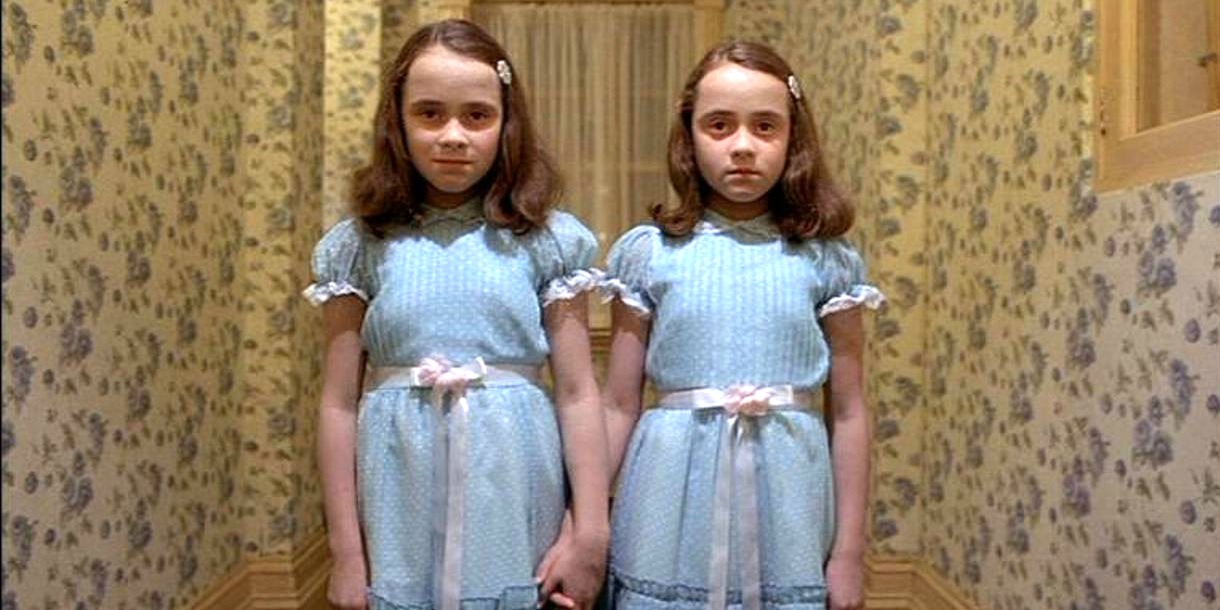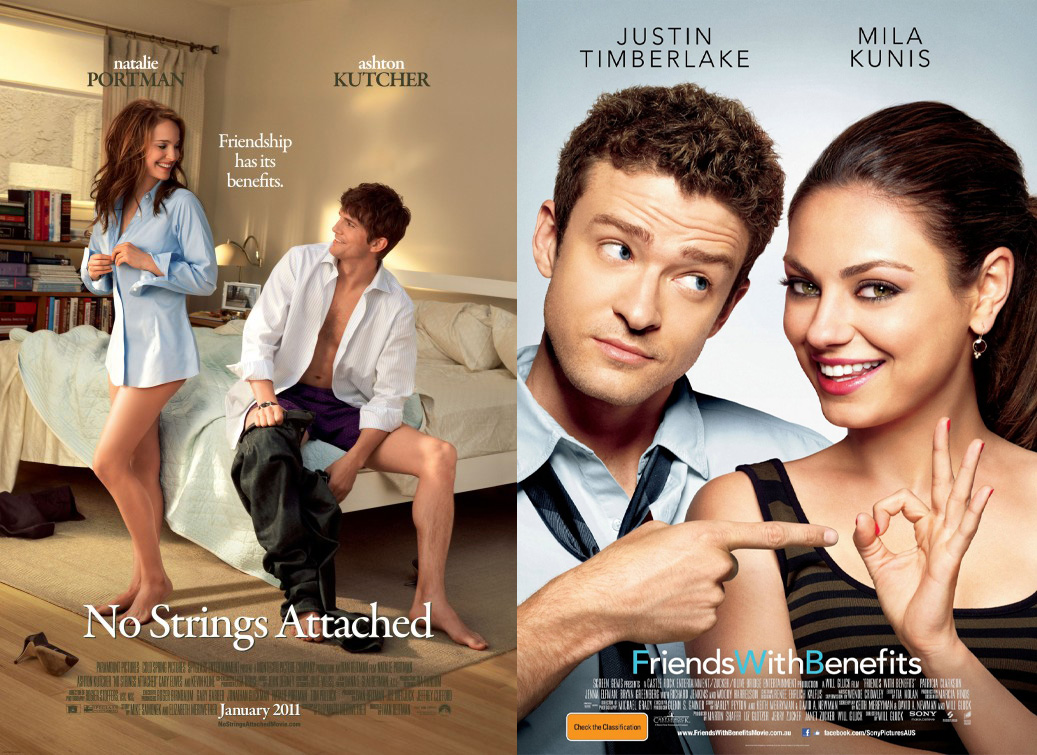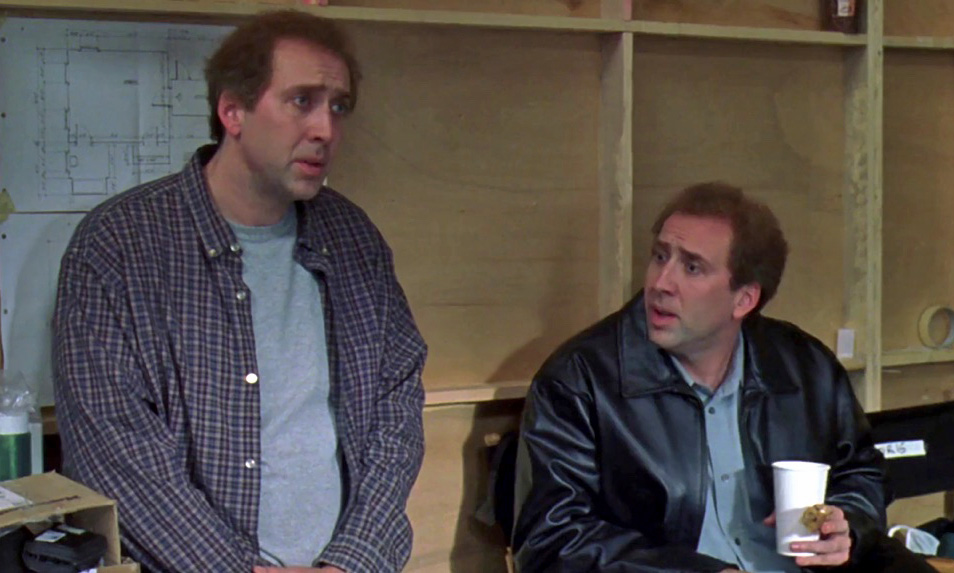I was at a pitching event a few years back, and at one of the tables the pitch for my script was met with enthusiasm… and then quickly followed by a caveat that made that positive experience turn dark, gray, and kinda runny.
“Unfortunately, it sounds a bit too similar to Transformers, not to mention GoBots, which is in development right now.”

Okay, well, maybe twins can occasionally be a bad thing.
Well, that took the wind out of my sails pretty damned quick. I’d spent a hell of a lot of time and energy crafting what I thought was a great script, only to be told that regardless of how awesome it might be (and it was awesome, of course), it had already been done.
As far as this development executive (or assistant, probably, given the setting) was concerned, it was no longer a viable project.
Now, I didn’t personally agree with that assessment. The stories and concepts bore precious little resemblance to one another. It’s like suggesting that there was no need to produce American Sniper, since Lone Survivor was already released the year before and they were both about soldiers.
Just because two movies cover the same subject matter doesn’t mean they’re the same movie, or somehow redundant. And even when they are kinda redundant, it doesn’t mean they can’t both still be successful.
In fact, there’s a long and well-documented history of competing studios coming out with oddly similar projects very close in time to one another.
I noticed it for the first time during the body-switching craze of the late 80’s. Within a span of 14 months, Like Father, Like Son, Vice Versa, 18 Again!, Big, and Dream a Little Dream all hit the multiplex.

Apparently, seeing double is one of the more common side effects to being in the entertainment business.
A more recent occurrence was 2011’s romantic comedy twins, No Strings Attached, with Ashton Kutcher, and Friends with Benefits, starring Mila Kunis.
Which was weird on several levels (was this some strange part of their mating ritual we were all forced to a take part in?).
And, of course, there were the even more jarring mirror images, Olympus Has Fallen and White House Down in 2013.
There’s actually an awesome Wikipedia entry on this phenomenon, so you know it’s true.
Yet these filmic doppelgangers – sometimes caused by zeitgeistic™ happenstance, other times arising from generally acknowledged audience trends – don’t necessarily undermine each other. Tom Hanks’ Big was fourth to the theaters, but that didn’t stop audiences from coming in droves and making that movie the biggest hit of the bunch by far.
So what should you do if your idea is pretty similar to one that’s out in the theaters or on the verge of being released? Well, you never know what might happen, but if you’re still in the idea stage, and you’ve got several different stories that you’d like to write, then it’s probably a good idea to pursue one of the more unique ones instead.
With all the excuses there are for turning down a script (legitimate or otherwise), there’s no need to give a reader an additional reason to pass.

You know… The same, but different.
On the other hand, even if you’ve already crafted an awesome screenplay that a released movie makes feel superfluous, all is not lost. A writing career is a marathon. Put that one on the virtual shelf and come back to it later, when the concept doesn’t feel so secondhand in the buyers’ minds.
Of course – contradicting all that – there are also instances where executives will be clamoring for their own version of the hit movie that just came out from a rival studio. “The same but different” mandate is something you’ll hear bandied about a lot. In that case, you might just discover that you’ve caught lightning in a bottle.
No matter what, always make sure to look at the bright side of the situation, despite how crappy it may appear at first. Clearly, you have your finger on the pulse of the industry…
Minus nine months or so.
![[TEXTSMITH] BLOG](https://blog.jameshereth.com/wp-content/uploads/2016/07/cropped-cropped-BulbsPlus.jpg)